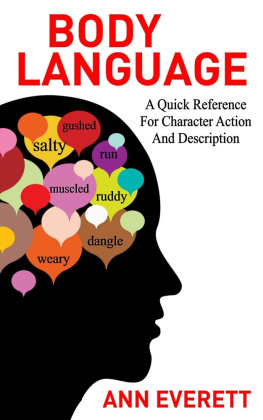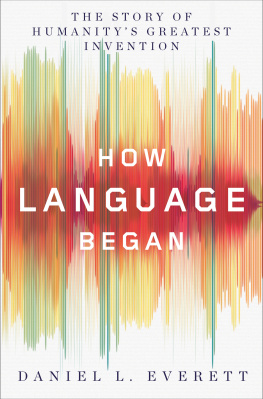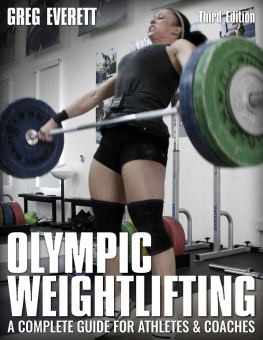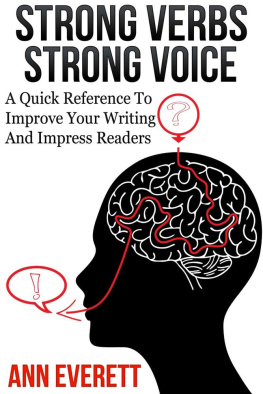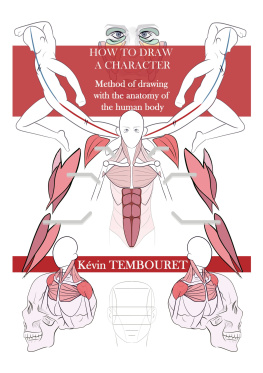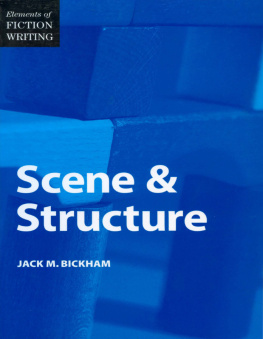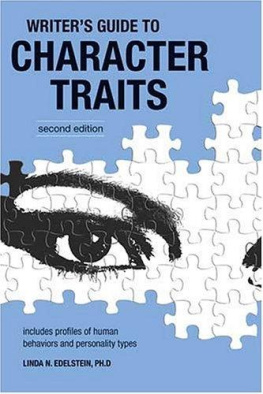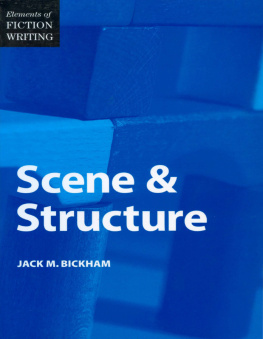(noun) Something done usually as opposedto something said.
Something done so as toaccomplish a purpose.
(noun) A statement that representssomething in words. (
A set of characteristics by whichsomeone or something can be recognized.
Action and description are keyelements in any successful novel. By giving your characters both, the reader
the experience.
But how much is too much or too little? Inside this book, youll findlists of actions and descriptions for each body part, along with lots ofexamples of how to put them together to give your story more punch. In addition, well talk about howto keep the action going, author intrusion, use of adverbs, sentence starts,similes and metaphors. In place of having the categorieslisted in alphabetical order, I start with body, then work down the torso fromthe top, hair, head, eyes, etc. Even though experienced writersmay find Body Language useful, it is aimed toward the beginner to intermediate.I hope you find it helpful. According to U.S. CopyrightCircular 34, Copyright law does not protect names, titles, short phrases orexpressions, even if it is novel or distinctive or lends itself to a play onwords, it cannot be protected by copyright.
Dont Beat the Reader Over the Head
Overwriting: This is amistake all new writers make. They over explain either through description oraction. Here are some examples:
Cowboy Joe pulled his gun belttight around his waist and buckled it. See anything wrong with thatsentence? Where else do you wear a belt other than your waist? Also, if youchange the common verb
pulled to a stronger one, the reader gets abetter picture.
Cowboy Joe cinched his gunbelt tight and buckled it. Heres another one.
You shot me, you fool! shescreamed, as she pulled a gun from her purse and fired at Joe. Problem: The exclamation pointtells us shes screaming, so the reader doesnt need that tag/attribution,
shescreamed.
Try it this way: You shot me, you fool! Sherummaged in her purse, pulled out a gun and returned fire. One more try with just a bit ofdescription. You shot me, you fool! Sherummaged in her purse, produced a small pearl-handled pistol, and returnedfire. Here are a few more commonoverwriting mistakes: She stared up at the ceiling. Is a ceiling located any otherplace than up? Same thing with ceiling fan. Just stare at it. Dont stare upat it. He sat down on the sofa. Can you sit on a sofa any otherway than down? You can sit up in bed.
You can straighten in a chair. You canplop onto a bar stool. Watch for unneeded words. She stood on the balcony andlooked down below. Choose one or the other, downor below. They mean the same thing, so only one is needed. Jane walked briskly across thehigh-polished wooden floor of the sunbathed gallery, darting her eyes frompainting to painting hung on the bland, white walls as she grabbed her arthistory book from the upholstered bench where shed left it the day before. The problem: The reader doesntneed to know, nor do they care about high-polished wooden floors, upholsteredfurniture, or bland, white walls. Jane walked briskly across thehigh-polished wooden floor of the sunbathed gallery, darting her eyes frompainting to painting hung on the bland, white walls as she grabbed her arthistory book from the upholstered bench where shed left it the day before. The problem: The reader doesntneed to know, nor do they care about high-polished wooden floors, upholsteredfurniture, or bland, white walls.
The whole reason for the sentence is to havethe character return to the gallery for her book. Jane returned to the galleryand retrieved the book shed left there. Now, if the sunlight or polishedfloors reminds her of something that pertains to her past and triggers animportant thread of the tale, then by all means, show the part that causesthat. Example below. But dont get so bogged down in writing descriptions justfor the sake of description, that you lose the meaning of your story. Itstrue. Less is more.
Janes heels clicked across thepolished wooden floor of the gallery. Dreams of having her own work displayedon the bland, white wall excited her. What a silly notion. Maybe Mom wasright. Jane would never be good enough. Moving to the bench, she grabbed herart history book shed left the day before. See? If some of that descriptioncan be worked into Janes thoughts about her past or an experience shes had,then it wont sound as if its just word filler.
Because of that little bit,the reader learns Jane and her mom dont have a good relationship, and Jane hasalways fallen short in her mothers eyes.
Stay out of Your Characters Head
Author intrusion: She, heknew. He, she noticed. Most of the time when you use thesetwo words to begin a sentence, they can be deleted and the meaning of thesentence doesnt change, and becomes more active. Examples:
Maggie knew based on Jacesreputation, he wouldnt be interested. In Maggies point of view,everything is being told in her voice.
Based on Jaces reputation, hewouldnt be interested. Same thing with noticed, strongerwithout it.
Based on Jaces reputation, hewouldnt be interested. Same thing with noticed, strongerwithout it.
More punch. He noticed Marcs cockyattitude fade.Marcs cocky attitude faded. Sometimes it is a matter of styleto use knew and noticed. I doubt readers will stop reading your book if you usethem. I even use them occasionally, but again, dont overdo it. Ill also point out something Imguilty of, just one of many things. Above, I wrote its not necessary.
Anybodyever told you that when you write its not, it sounds like its snot?Gross! Theres even a poem about it. When youre with your honey And your nose is runny You may think its funny But its snot! In editing, I try to change thoseto it isnt.
KEEP THE ACTION GOING
Passive Voice Oh, the dreaded passive voice. Itsa real killer. Another one of my many problems in writing. I just love
was.Again, sometimes, passive voice is necessary to get your point across, and thesentence sounds better with it, but be careful of using too much.
Cut when youcan. http://www.espressoenglish.net offersa great definition of passive vs. active. In active voice, the subject of thesentence DOES the action. John painted the house last week. In passive voice, the subject ofthe sentence RECEIVES the action.The house was painted lastweek. Example of how to fix passivevoice using was.His face was twisted with fury.Take out was and voila! His face twisted with fury. Example below from http://www.fiction-doctor.com anotherexcellent site for writing info. The boy bicycled to the storeafter sneaking out of school.
WOULDNT IT BE LOVELY

